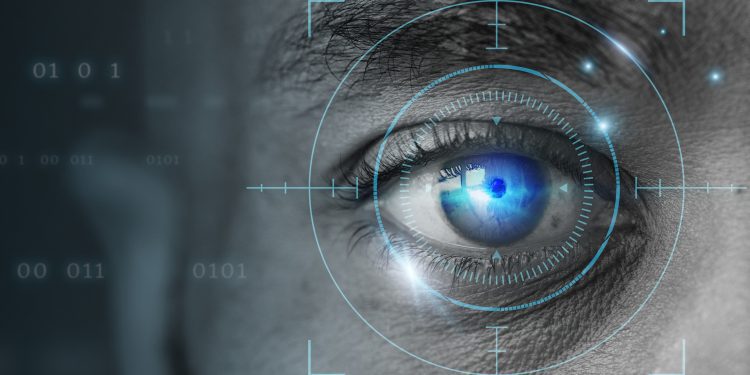Computer vision technology is steadily growing in popularity and use – the market is expected to to grow at a CAGR of 7.36 % over the 2021 – 2026 period. If we dig deeper, the predictions for 2028 state that the computer vision market will reach $13230 million, which is a crazy number to imagine.
While computer vision is already used in healthcare, manufacturing, and other industries, the financial services industry has always been slightly hesitant about adopting new technologies. However, it slowly began embracing all the benefits that computer vision can bring – see the top use cases for computer vision in fintech below.
Biometric recognition for authentication
Customer verification is critical in the financial services industry in order to prevent fraud. By using biometric recognition, financial institutions can significantly elevate the following processes:
- KYC (know your customer): While the procedures took hours before, computer vision significantly speeds themup, thus saving both the clients’ and the company’s time.
- Registration and login to banking or other financial apps: We are already used to biometric authentication in mobile, so it is no wonder that the technology widely used for banking and similar apps. Biometric authentication provides a high level of security which is critical for any app that processes sensitive data.
- ATMs-related procedures: By implementing facial recognition to ATMs, financial institutions can facilitate and speed up most of the procedures related to using an ATM.
Document processing and entry
Financial companies normally deal with overwhelming amounts of documents that need to be digitized and entered into a system. Before, the process of document processing and entry was done manually, and onecan only imagine how time-consuming and mundane it was. Not to mention the fact that manual document processing is usually very error-prone as the possibility of a human error is high.
Computer vision technology can successfully replace human employees when it comes to document processing. The technology can analyze the documents, digitize them, and enter in the system, thus enabling employees to perform the review only. Additionally, computer vision can classify and structure documents, which is another big advantage.
Insurance claims processing
When it comes to processing insurance claims, the first thing that needs to be done is the assessment of the subject that is under the claim. For example, there already exists a computer vision-powered solution by a Chinese fintech company that can assess the state of motor vehicles and provide information on what needs to be repaired and the severity of damage. In this way, insurers receive ready reports with all the information needed to proceed with the claim.
In addition, computer vision can analyze satellite images of a property (or any other object) and provide valuable information to insurers regarding any potential risks. In this way, insuresrs can make more accurate decisions, consider all possible issues, and significantly improve their underwriting process.
Fraud reduction
In the financial industry, where even the smallest mistake can lead to massive consequences, the issue of security has always been vital. Therefore, companies are now actively seeking ways to enhance their security and minimize fraud, and computer vision is one of the ways to do so.
In terms of fraud reduction, computer vision can help the fintech industry in the following ways:
- Serving as a base technology for smart surveillance cameras
- Analyzing documents and detecting suspicious activity
- Serving as an additional authentication step (see above)
Biometric payments
One more thing that greatly contributes both to user experience and security is payment via biometric authentication. That means, instead of entering a password or a code, customers can verify payments with the help of biometric recognition (i.e. face recognition or retina recognition).
We already use Apple Pay by scanning our fingerprint on a mobile device, so this payment form may take a step further and offer new exciting opportunities both to users and bankers.
Main considerations before implementing computer vision in your organization
While computer vision may soundtoo tempting to ignore, there are several important things to consider before getting down to its implementation. They are:
- Available resources: You will need not only hardware but also specialized software and a team of experienced professionals to build a model and train it.
- Cost: The implementation of computer vision might be quite expensive, so it is recommended to first estimate whether the pros of its adoption will outweigh the cons in the long run.
- Need for training: You will need to dedicate a significant amount of time and resources on employee training in order to smoothly replace certain manual activities with CV-based automation.
However, these challenges can be easily resolved if approached with a well-planned implementation strategy. Hence, analyze your current struggles, estimate how computer vision can help with them, and if the long-term benefit is visible and obvious, now is probably the best time to adopt this technology and add a competitive edge to your business.











